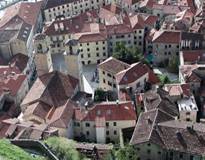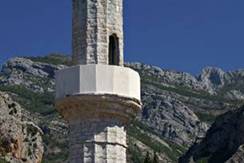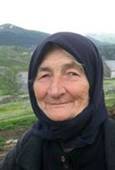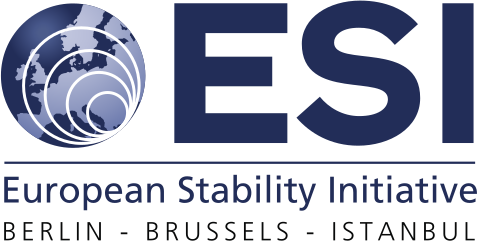The Black Mountain and post-modern nation-building – Kosovo's shadows
 |
 |
 |
|
Kotor |
Stari Bar |
Rada Tomcic |
Dear friends of ESI,
The story of Europe's youngest state, the Republic of Montenegro, is an excellent illustration of just how much the Balkan region has changed over the past decade.
In 1991, Montenegrin troops were shelling the city of Dubrovnik. It was only in 1997 that Montenegro began to distance itself from the policies of Slobodan Milosevic. During the Kosovo War, it hosted tens of thousands of Albanian refugees. In the cold war with Serbia that followed, the Yugoslav Army seized the airport in Podgorica. Tensions were high, and the risk of conflict real. After Milosevic was toppled, Montenegro and Serbia formed a short-lived State Union of Serbia-Montenegro. The Union was an awkward compromise that satisfied no-one, while complicating the EU accession process. Frustrations quickly re-emerged. Finally, a referendum in 2006 in Montenegro produced a clear majority for independence.
Some feared that an independent Montenegro would become an economic basket case. Others feared a mass exodus of Montenegrin Serbs from the mountainous North. Yet today Montenegro is prospering, enjoying record numbers of foreign tourists and levels of foreign direct investment comparable to Central Europe. Fears that Montenegro would fall behind Serbia on its path to Europe have also proved unfounded.
This remote mountain kingdom has always been one of Europe's survivors, conflict alternating with a history of religious tolerance. Even today, churches on the Adriatic coast share Catholic and Orthodox altars. Perhaps it is no surprise to find that Montenegro was able to negotiate its way around the conflicts that engulfed its neighbours.
The most recent ESI picture story - Post-modern Nation - Montenegro one Year after Independence – takes a closer look at Europe's newest state, with its heated (though peaceful) debates on language, the role (and identity) of the Orthodox Church, and the legacies of corruption from the turbulent 1990s. Today, Montenegro is a country with no ethnic majority. Its national currency is the Euro. Its first act as an independent country was to demobilise most of its armed forces, destroying all but one of its 62 tanks. This once wild region now plays with such adjectives to charm its tourists.
Multiethnic Nation (census 2003)
|
Nationality |
% |
|
Montenegrin |
43.16 |
|
Serbs |
31.99 |
|
Muslims/Bosniacs |
11.74 |
|
Albanians |
5.03 |
|
Croats |
1.10 |
|
Other and undeclared |
6.98 |
|
Total |
100.00 |
As Montenegro looks back at one year of independence, the outlines of another Adriatic success story are becoming visible. No national majority, no national church, no national currency and almost no national army: is Montenegro turning into the Western Balkan's first successful post-modern nation?
Tim Judah's Kosovo
While Montenegro's path becomes ever clearer, the same cannot be said for Kosovo. It is the only outstanding piece of the regional jigsaw, and its unresolved status threatens regional stability.
ESI has undertaken a great deal of empirical research in Kosovo in recent years: on the living conditions of Kosovo Serbs in the period after the 2004 riots (including the vexed question of how many Serbs are actually displaced from Kosovo), on the divided town of Mitrovica, and on the deepening social and economic crisis of the Kosovo countryside.
But sometimes it is useful to step back and take a longer view. This month, as part of our series presenting the most interesting books on the region, we offer extracts from Tim Judah's Kosovo: War and Revenge. Judah's analysis describes Kosovo's tortuous path of recent years, including the 1999 expulsion of Albanians from Pristina, wartime massacres and revenge attacks against Serbs after the NATO bombing. A sobering story, but highly pertinent to Kosovo's present dilemmas.
New ESI Website
This week we also launch our completely redesigned website, thanks to the support of Erste Foundation in Vienna.
With thousands of visitors every day, we have been encouraged to present even more analytical background material. Our goal is to help those interested in the Balkans, Turkey and (soon) the Caucasus to look beneath the surface of events. Stay timed for new ESI reports on Bosnia, Serbia, Bulgaria and Turkey.
Many best wishes,
![]()
Gerald Knaus

Gerald Knaus
